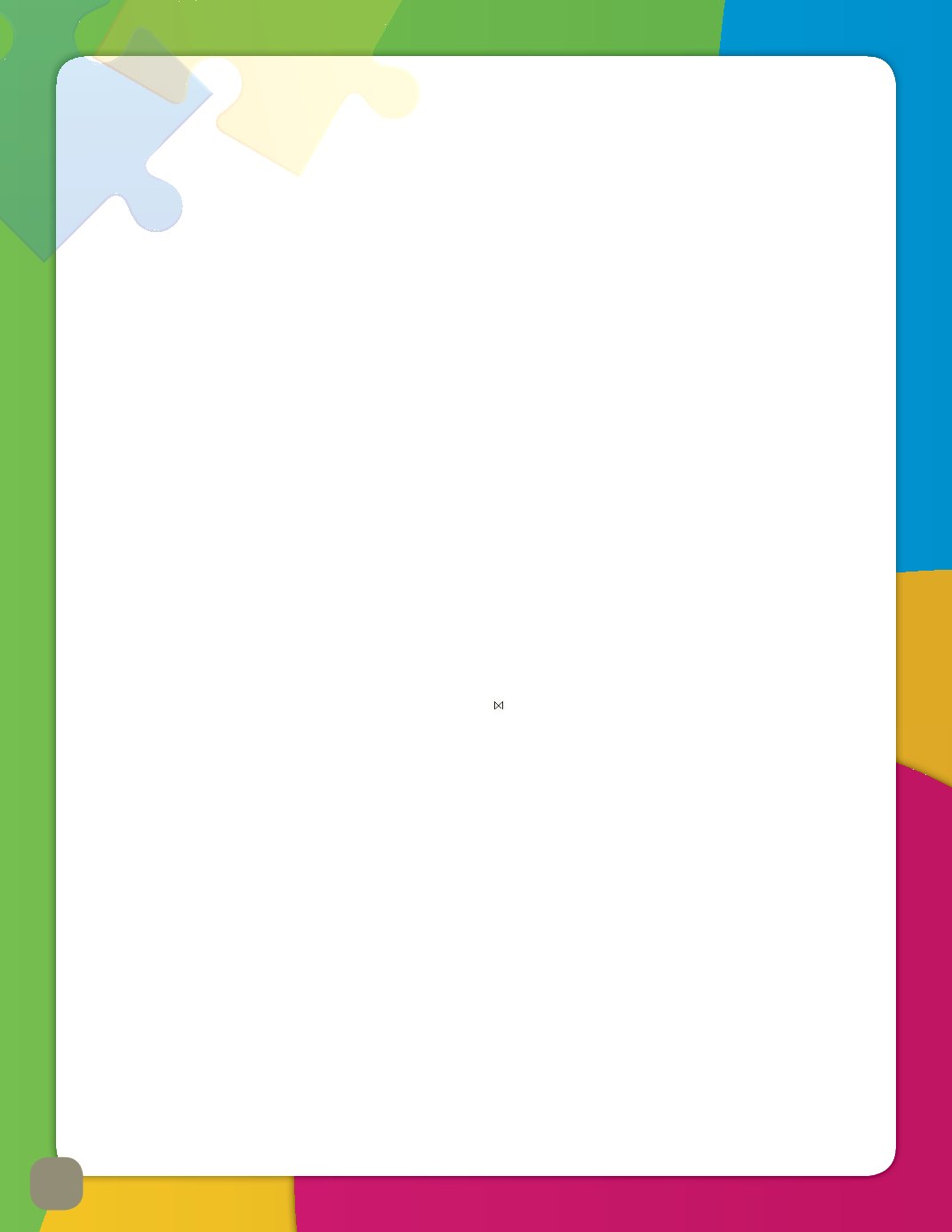
6
he/she brings to the topic under study. In addition,
there is the consideration of purpose (skimming, close
reading, etc.) and intended outcome (research, problem
solving, or enjoyment, to name a few). No one is better
suited than classroom teachers using their professional
judgment and knowledge of their students to analyze
the reader and task component of text complexity.
Te
xt
-b
as
ed
A
n
swe
rs
For many of us, text-based answers have long been a
part of reading instruction. Students have been well
trained to find answers to multiple-choice questions in
test passages, noting the paragraph in which the answer
was found beside the correct answer choice. This is an
important first step, but theCommonCoreStateStandards
go considerably farther, asking students to support a
position both orally and in writing. achievethecore.org
(n.d.) provides a seven-step model to guide teachers
as they move from the correct answer “treasure hunt”
toward a deeper understanding of complex texts. These
steps are:
1.Determine the most important learning to be drawn
from the text. This is the foundation for all of the
activities and projects that follow.
2. Identify the central ideas in the text. Create a
series of questions designed to assist the reader in
understanding them.
3. Locate the most powerful academic words in the text,
integrating them into class discussions to explore how
they are used in the selected text.
4.What standards are addressed in the preceding
questions? Are there other standards that are suited
to the text? If so, create questions that develop those
standards.
5. Are there any other academic words in the text
that students would benefit from studying?
Plan discussion questions that would enhance
understanding.
6.Which sections of the text will present the greatest
difficulty? Create questions that support students in
mastering these sections. Look for difficult syntax,
dense information, and tricky transitions or places
that offer a variety of possible inferences.
7.Develop a culminating activity around the central
concept. It should reflect mastery of one or more of
the standards, involve writing, and be structured to be
done by students independently (achievethecore.org,
n.d.).
On the Wings of the Condor/En alas del cóndor
by Alma
Flor Ada and F. Isabel Campoy (2012) provides many
opportunities for students to find answers in the text.
Its focus on the contributions of the indigenous peoples
of Latin America provides opportunities for a deeper
understanding of our rich multicultural heritage. The
section from pages 36–41,
The first inhabitants of Latin
America created sources of nourishment for all humankind,
describes the cultivation of corn and its importance to
the world and gives rise to text-based questions such as:
Based only on the information on pages 36 and 38,
what can you say about how long it takes to improve
the quality of plants?
Discussions could center on the use of the words
nourishment
and
cultivate.
Projects based on the text
would naturally flow from each of the sections outlined
in the Table of Contents and could involve writing from
several sources.
The Common Core challenges all of us—students, teachers
and school systems—to become world-class readers,
writers, and thinkers.


